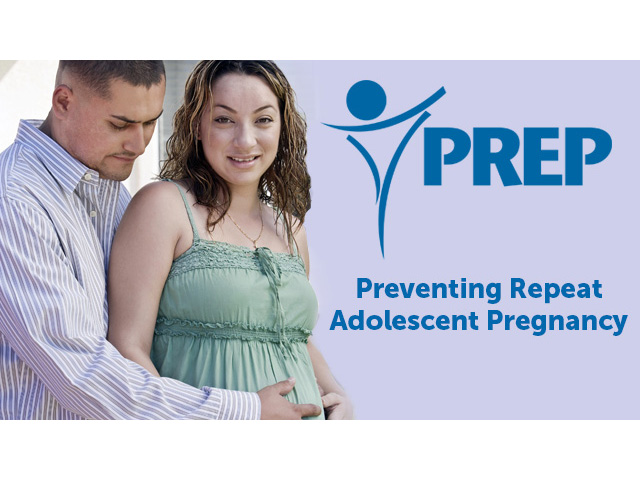Although rural counties have the highest teen birth rates in the United States, teen pregnancy prevention practitioners and researchers have developed and tested relatively few programs for youth in rural areas. A new report from Mathematica Policy Research, “Adapting an Evidence-Based Curriculum in a Rural Setting: The Early Impacts of Reducing the Risk in Kentucky,” aims to close that evidence gap.
The report examines short-term impacts from an adapted version of the Reducing the Risk in Kentucky high schools. It is part of a multi-component evaluation of the Personal Responsibility Education Program (PREP), led by Mathematica for the Administration for Children and Families at the U.S. Department of Health and Human Services. PREP provides federal funding to educate youth on abstinence and contraception. Most of this funding goes to states, which in turn fund local programs.
To help identify effective pregnancy prevention approaches for rural youth, Mathematica conducted a rigorous evaluation of an adapted, eight-hour version of Reducing the Risk in collaboration with the Kentucky Department of Public Health. Reducing the Risk is a widely implemented, classroom-based abstinence and contraceptive education curriculum designed to prevent teen pregnancy, sexually transmitted infections, and associated sexual risk behaviors.
Through a one-year follow-up survey, the study found that the adapted version of Reducing the Risk had short-term impacts on some but not all of the program’s targeted outcomes. The adapted version of Reducing the Risk increased students’ exposure to information on birth control, knowledge of contraceptives and sexually transmitted infections, and support for condom use among sexually active youth. The program had no measurable short-term impacts on students’ sexual risk behaviors, intentions to have sex, attitudes toward abstinence, or perceived ability to avoid sexual risk behaviors.
This report is the second in a series on the implementation and impacts of the adapted version of Reducing the Risk in Kentucky. An earlier process study report and related brief described the design and implementation of the program in study schools. A future report, scheduled for release in 2018, will examine the program’s longer-term impacts on the same measures of students’ knowledge, attitudes, skills, intentions, and sexual risk behaviors.

